Grade 4
In fourth grade, students start their first real history lessons by studying the history of New York City. Its growth is charted through the different peoples who settled there through significant technological advances, such as the Erie Canal and the Brooklyn Bridge, and through biographies of important individuals. In addition to descriptive writing assignments, the students are introduced to expository writing that involves organizing historical facts.
Students begin a study of geography, starting with the local environment of the students’ home and school and expanding to include all of New York City and the surrounding area. Mapmaking includes free-hand drawing of maps of everything from their own bedrooms to Manhattan Island to New York State. Topographical features are noted on these maps.
Grade 5
Fifth grade history focuses on ancient cultures, including India, Persia, Mesopotamia, Egypt, and Greece, and on the time period from 10,000 B.C. to 200 A.D. The study of each region begins with its geography, and includes its mythology and literature. Students also learn about the peoples’ practical achievements and the reasons for their decline. Special emphasis is placed on Greek culture, politics, and government. In connection with the history main lessons, the class performs a play dealing with mythological or historical themes.
The geographical view is widened to include the United States and North America. Students examine the relationship between physical geography, climate, and human activity. Skills in making and reading maps are honed. Late in the year, each student writes a report on a particular state.
Grade 6
The historical narrative continues in sixth grade with the study of the rise and fall of Rome, the birth of Islam, and the Middle Ages. Lessons emphasize Roman practicality and its continuing influence in the building of roads and aqueducts, the development of a professional army, and the codification of Roman law. The lessons also focus on how communities were formed and developed, from the early Christian churches to the Medieval monasteries. The class traces the growth of the power of the early kings and follows the invasions of Muslims, Vikings, and other tribes as events that had an impact on the prevailing ideas of the time. Each student prepares a project for presentation to the class.
The geographic view expands to include Central and South America. Geology and cultural history are important aspects of the study, as students look at latitude and longitude, climatic zones, the equator, and the Tropics of Cancer and Capricorn. The ancient Maya, Aztec, and Inca civilizations are examined, as well as the consequences of European exploration and colonization. Every student completes a project on a country or area, for which they write a report and create detailed maps.


